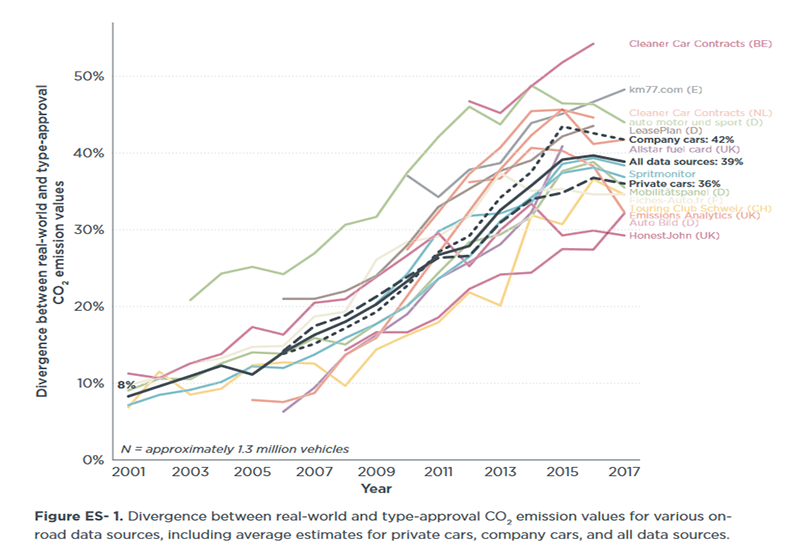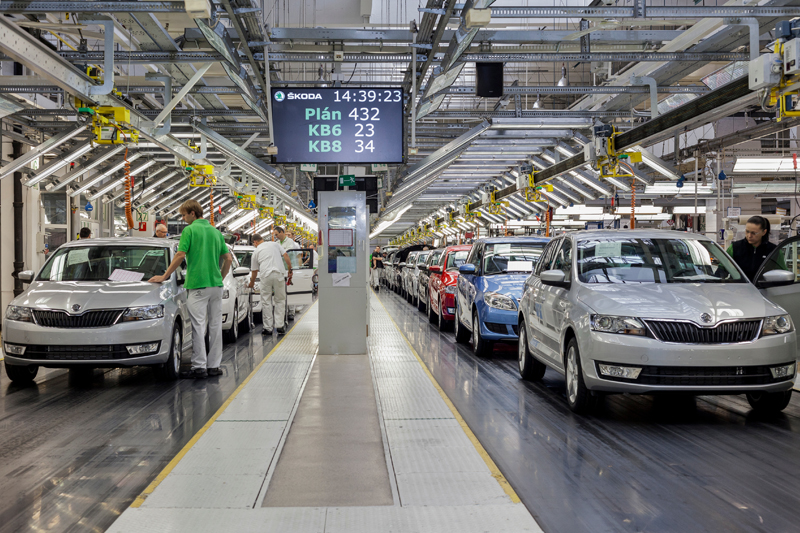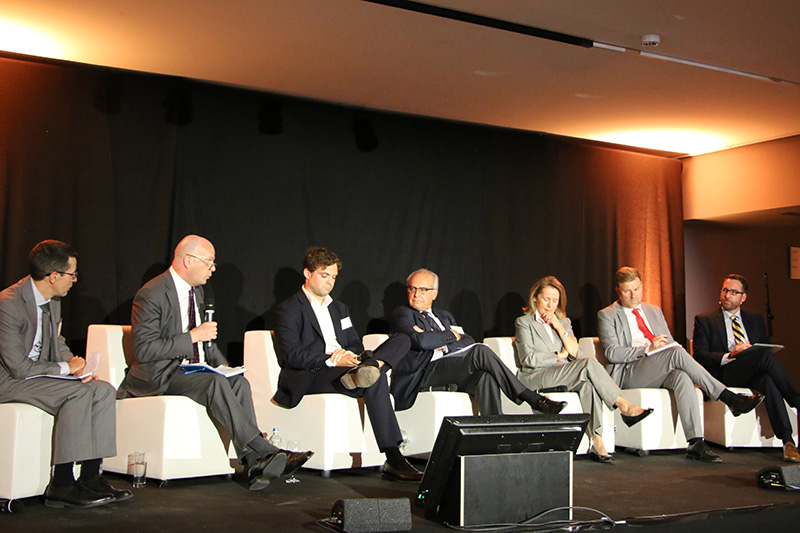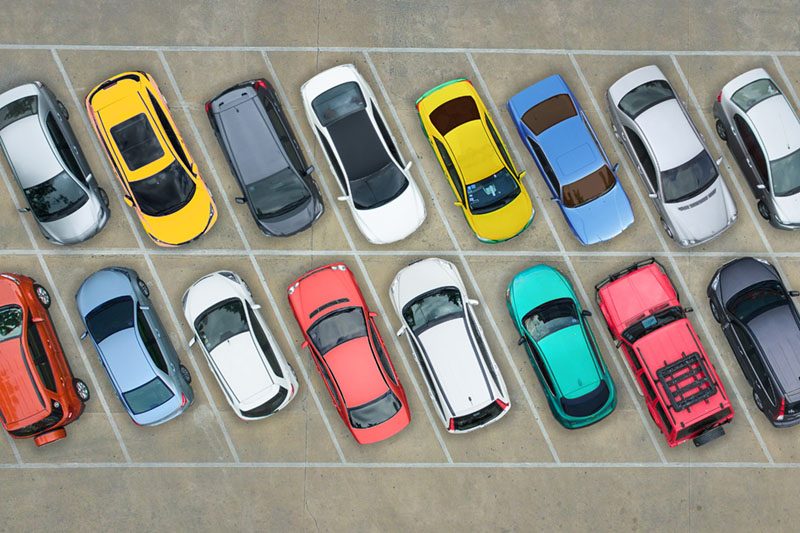New analysis shows real-world fuel economy ‘gap’ stabilising
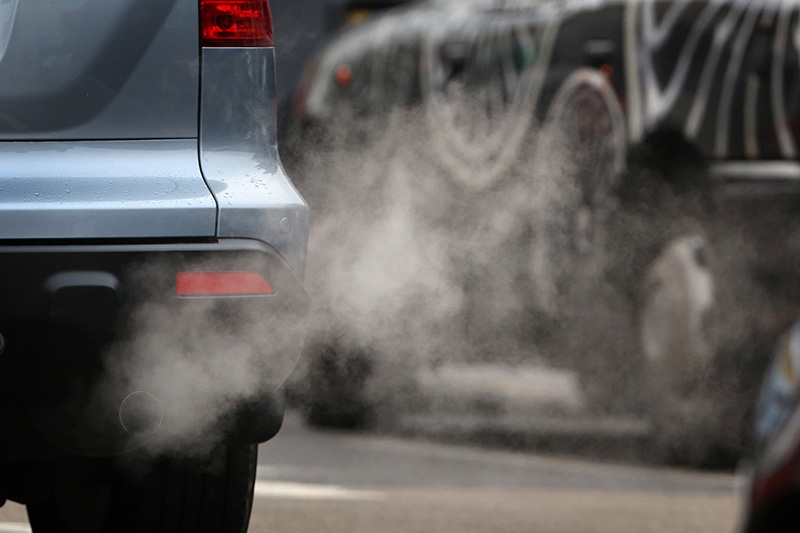
Analysis by GFEI partner the International Council on Clean Transportation (ICCT) shows that for the first time since 2012, the discrepancy between the results of passenger vehicle type-approval test results and in-use fuel consumption and carbon dioxide (CO2) emissions has decreased in the EU.
The European Commission’s fuel economy standards were first set in 2009 and include mandatory targets for reducing CO2 emissions. The standards included the power to impose penalties on manufacturers for excess emissions, following approximately 10 years of little progress under voluntary self-regulation. Since the introduction of the standards there has been a sharp increase in vehicle efficiency: the rate of reduction in average CO2 emission values increased from 1% per year until 2007 to 3% per year from 2008 to 2017. Overall official CO2 emission values of new European cars decreased from 170 g/km to 119 g/km between 2001 and 2017, a 30 per cent decline.
However, despite vehicle fuel economy improving in official tests, increasingly vehicles have not achieved the same levels during real-world driving. The gap between real-world and official CO2 emission values grew steadily between the early 2000s and 2016, effectively cancelling out two-thirds of the on-paper efficiency improvements since 2001. ICCT began to investigate the divergence between type-approval and on-road CO2 emissions in 2012, and has published annual ‘From Laboratory to Road’ reports since 2013. The 2018 update brings together data from 15 sources, which include online fuel tracking services, automobile magazines and associations, fuel card services, consumer surveys, and company fleets. Together these cover approximately 1.3 million cars from eight countries.
The 2018 results showed the fuel economy gap decreasing slightly and stabilising at around 39 per cent. For an average consumer, the current gap level translates into additional fuel expenses of approximately 400 euros per year. Because vehicle taxation schemes and incentive schemes for low-carbon cars are based on official CO2 values, the gap may also lead to significant losses of tax revenue as well as weakening incentives to reduce carbon emissions which is urgently needed to tackle climate change.
New regulations have recently been agreed that will require manufacturers to disclose real-world fuel consumption and CO2 emission data, gathered using on-board fuel consumption meters, for all new cars from 2021 onwards in the EU. Peter Mock, ICCT’s Europe Director said "It is now crucial that the real-world data collected from manufacturers be made transparent to consumers as well as researchers. Furthermore, the European Commission should swiftly develop a methodology to penalize manufacturers that provide unrealistically low fuel consumption data to their customers, in an effort to not only stabilize but actually decrease the real-world gap in the years to come."
Read: From laboratory to road: A 2018 update of official and "real-world" fuel consumption and CO2 values for passenger cars in Europe: here.
